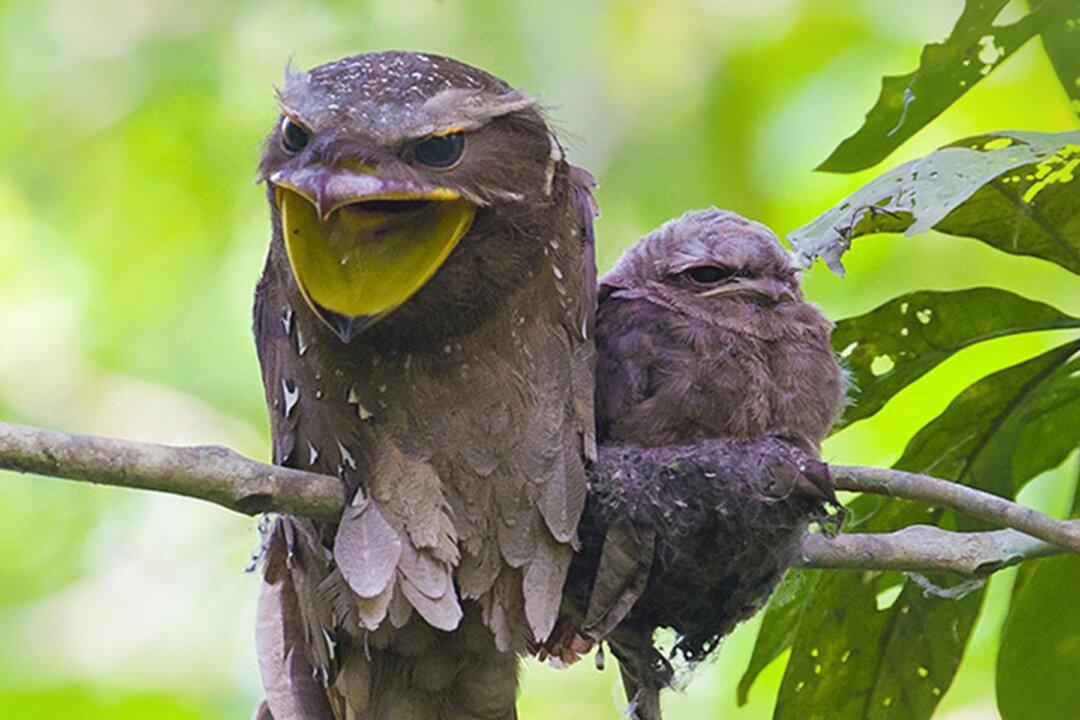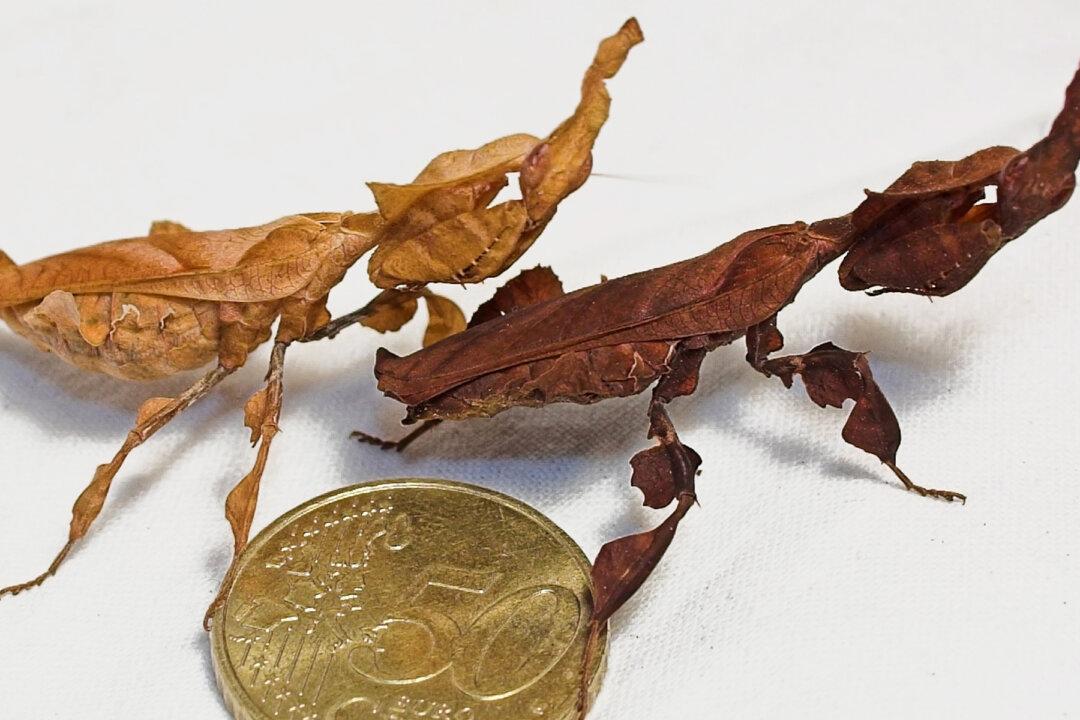It’s one of nature’s best camouflage artists, so much so that you might have a hard time spotting this bird except when it opens its beak, revealing a gaping maw to catch insects, lizards, and mice. Meet the frogmouth, a distinctive bird that is often mistaken for an owl.
The frogmouth is a part of the nightjar family and can be found in forests of the India subcontinent, parts of southeast Asia, and Australia. These unique birds are mainly active during the night and spend their day time hiding on tree branches.According to the Wildlife Junior Journal, the Podargidae family includes 15 species of frogmouth.





